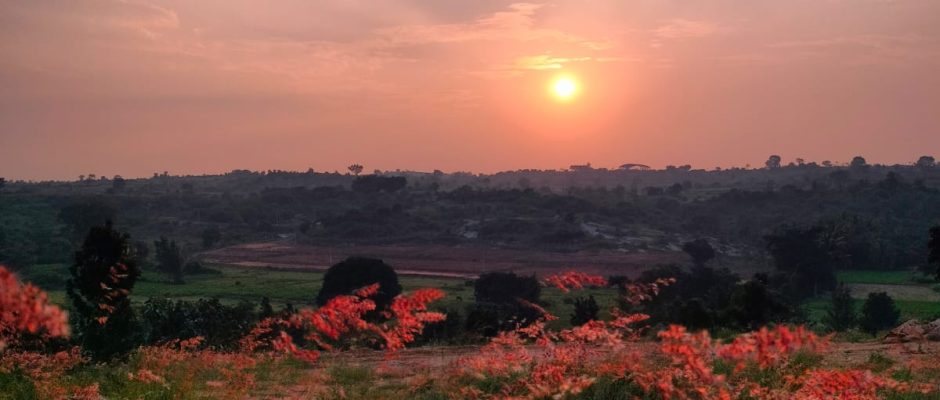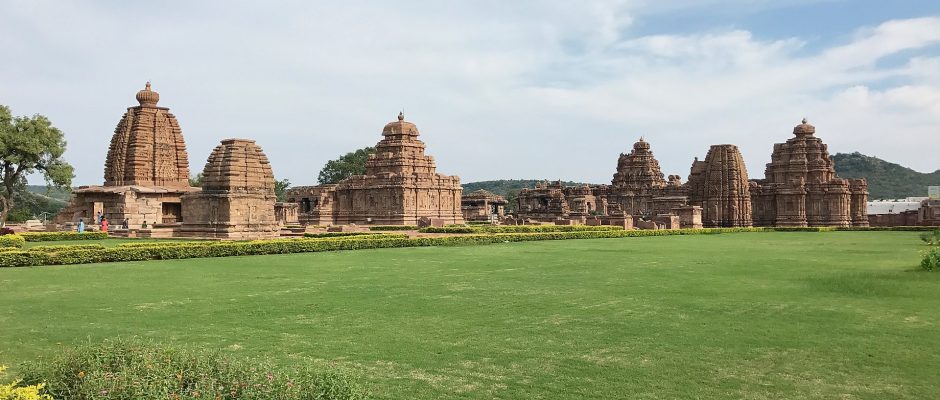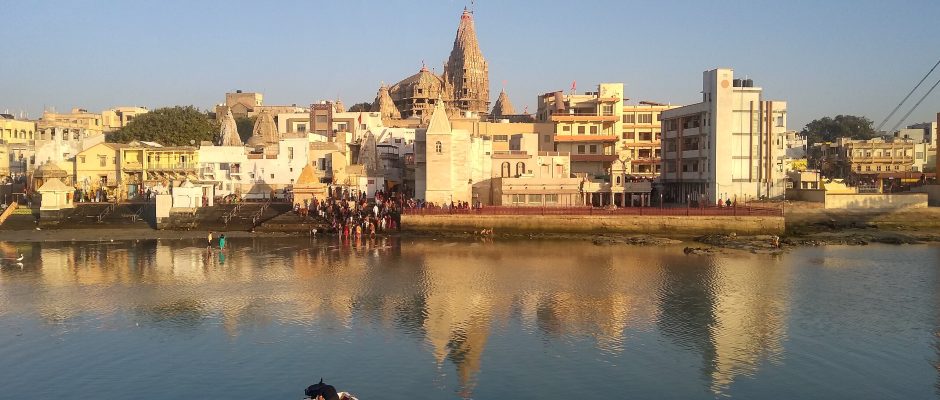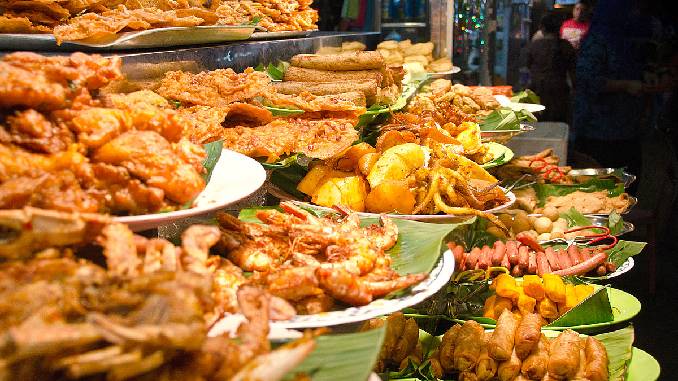Riding the Rails of Innovation: Your Platform Wins the Outlook Game Changer Award
In a digital world, the rustle of turning pages holds a unique charm. Your Platform (YP Digest India Private Limited) has disrupted the media landscape with its innovative approach, earning the prestigious “Game Changer in New Gen Media” award at the Outlook Southern Achievers Awards 2025 in Chennai on December 14, 2024. This landmark achievement signifies Outlook’s recognition of a startup publication for pioneering a new era in print media. Your platform has made history by launching India’s first in-train magazine. This audacious venture has not only created a novel channel for brands to connect with their target audience but also transformed the travel experience for over 6 lakh commuters across seven major routes in South India. By championing the power of print, Your Platform has boldly challenged the dominance of digital, establishing itself as a pioneer in travel infotainment. This award underscores Your Platform’s innovative spirit and its transformative impact on the industry. By placing its magazine on iconic trains like Shatabdi, Tejas, and the Vande Bharat Express, Your Platform reaches a captive audience traveling between major cities in Tamil Nadu and Karnataka. Imagine settling into your train seat and discovering a beautifully curated magazine filled with engaging stories, thought-provoking content, and relevant advertisements. This is the Your Platform experience, transforming mundane journeys into opportunities for discovery and engagement. It’s a tangible connection in an increasingly screen-mediated world. It’s a testament to the enduring power of print in the digital age. By focusing on a specific, captive audience—train passengers—Your Platform has created a unique and highly effective platform for brands to reach their target demographic. The recognition from Outlook is particularly significant. It represents a powerful endorsement of Your Platform’s vision and its successful execution. It validates the idea that print can not only survive but thrive in the 21st century with creativity and innovation. This is a historic moment where a well-established publication acknowledges and celebrates the innovation of a startup publication. Your platform’s ambitions extend far beyond its current reach. The brand plans to expand across India, including Andhra Pradesh and New Delhi, connecting even more brands with this unique captive audience. This expansion will further solidify Your Platform’s position as a leader in the new-gen media landscape, proving that reimagined print can be a powerful force in the world of storytelling and brand engagement. This Outlook Game Changer Award is not just a recognition of their past achievements but a powerful endorsement of their future potential. The three directors have a proven track record of creating successful strategies and content for various brands, including their recent work on India’s hyper-local social media app, KYN (Know Your Neighbourhood). They are also visionary thinkers, planning innovative ideas for numerous publications and brands across India.








